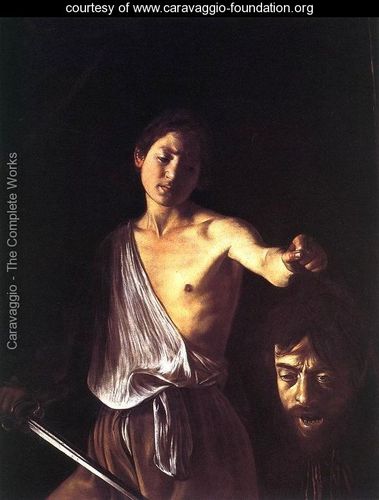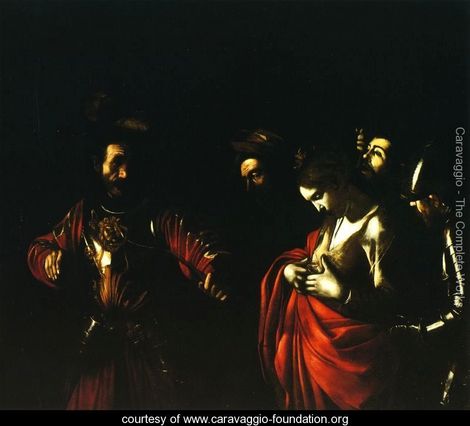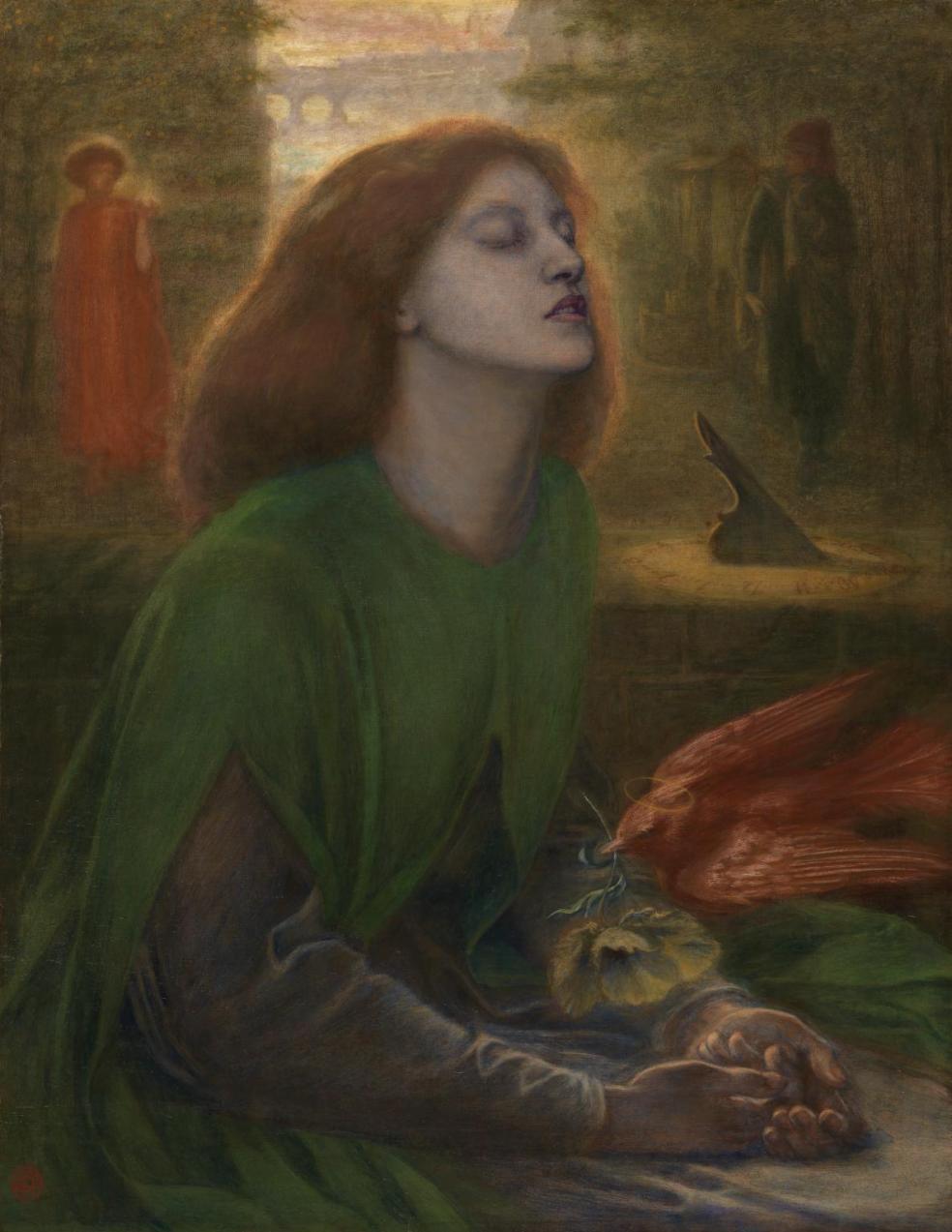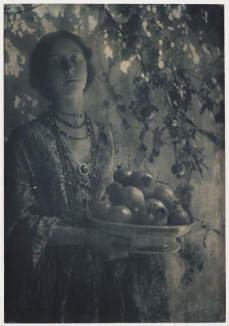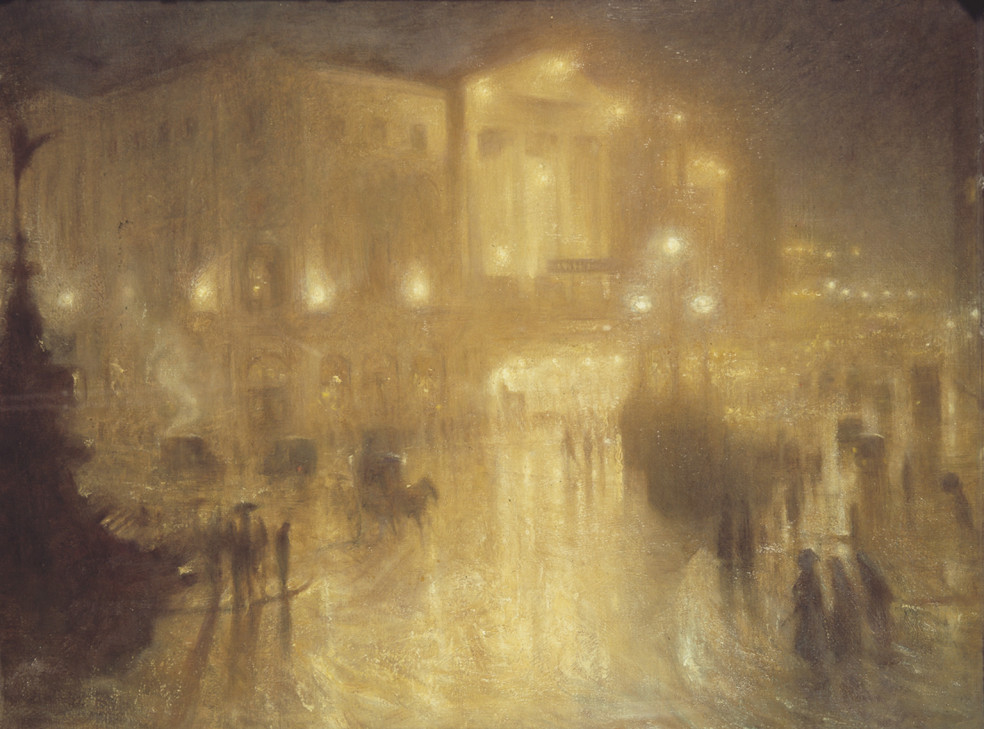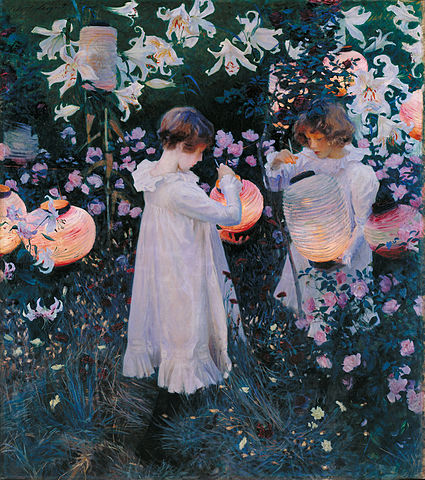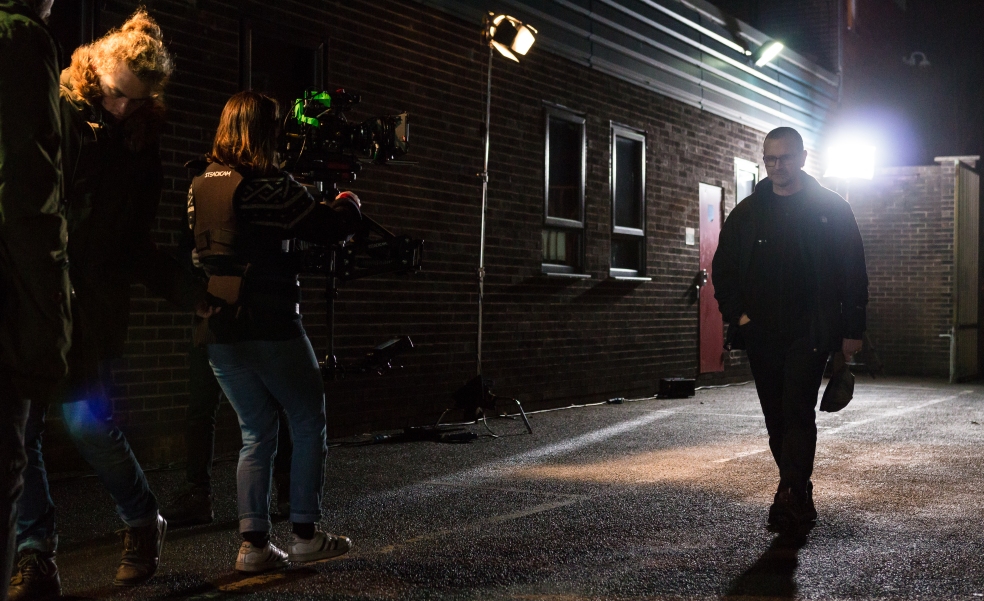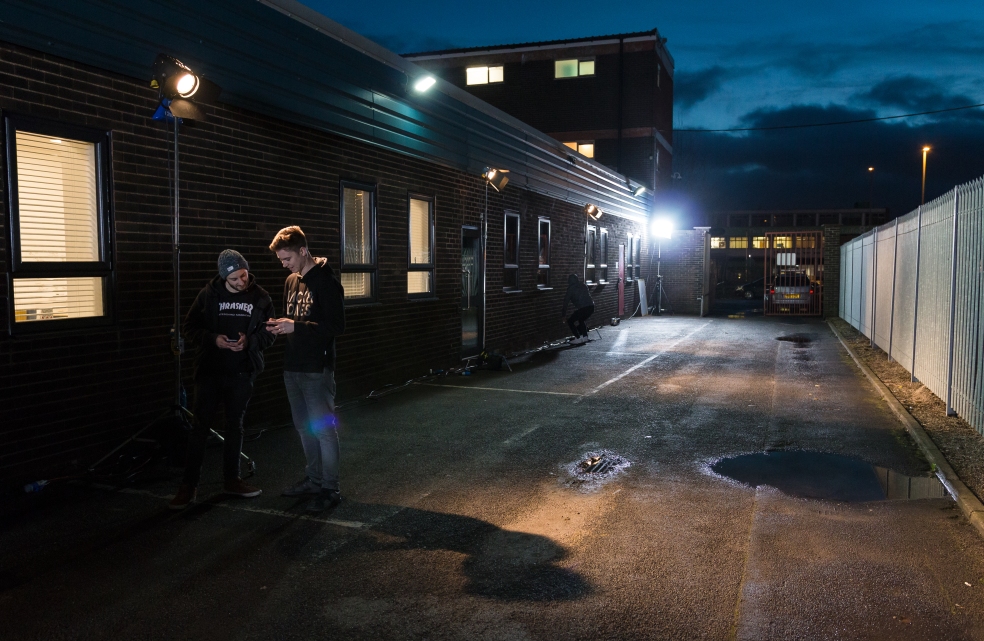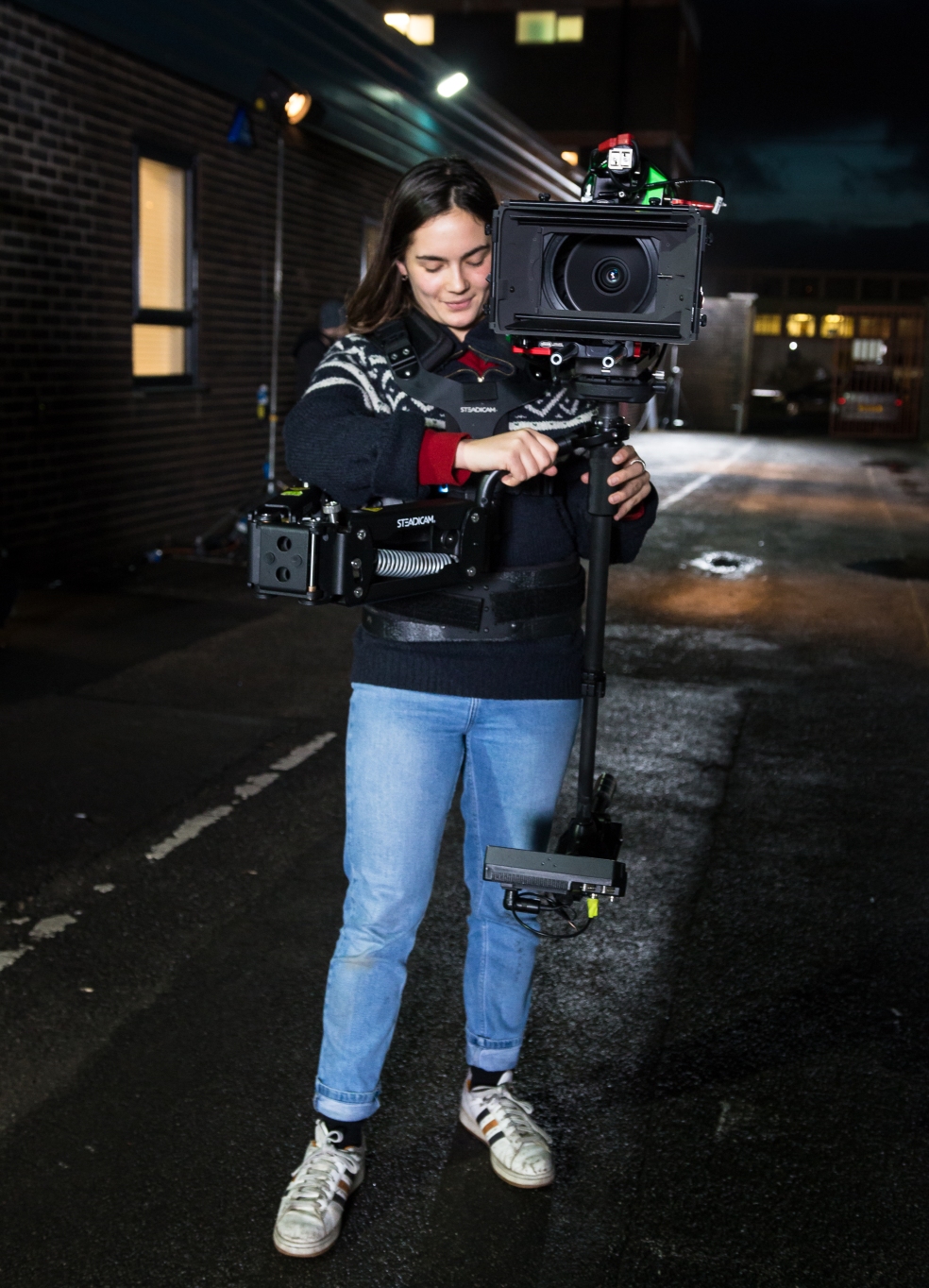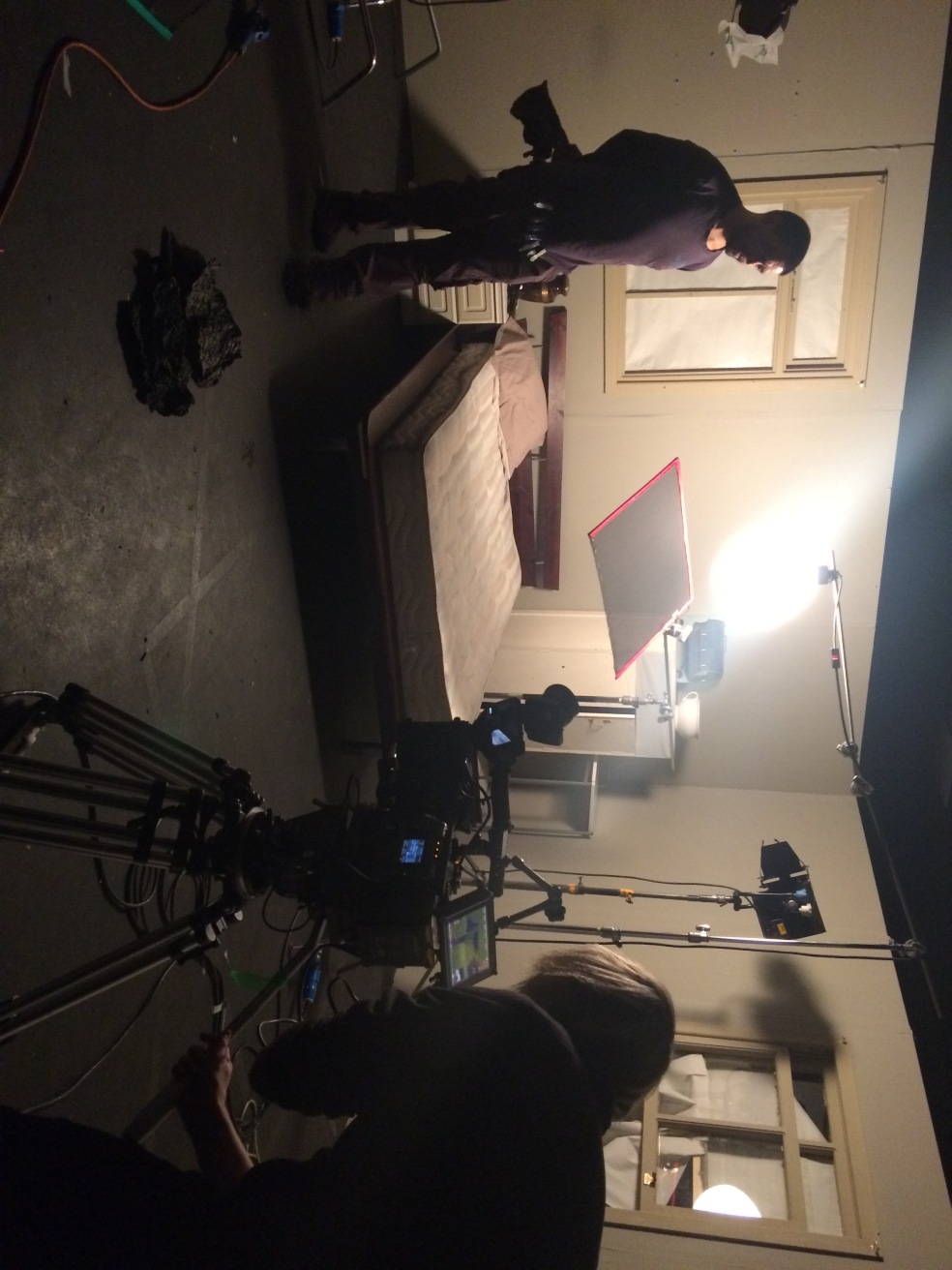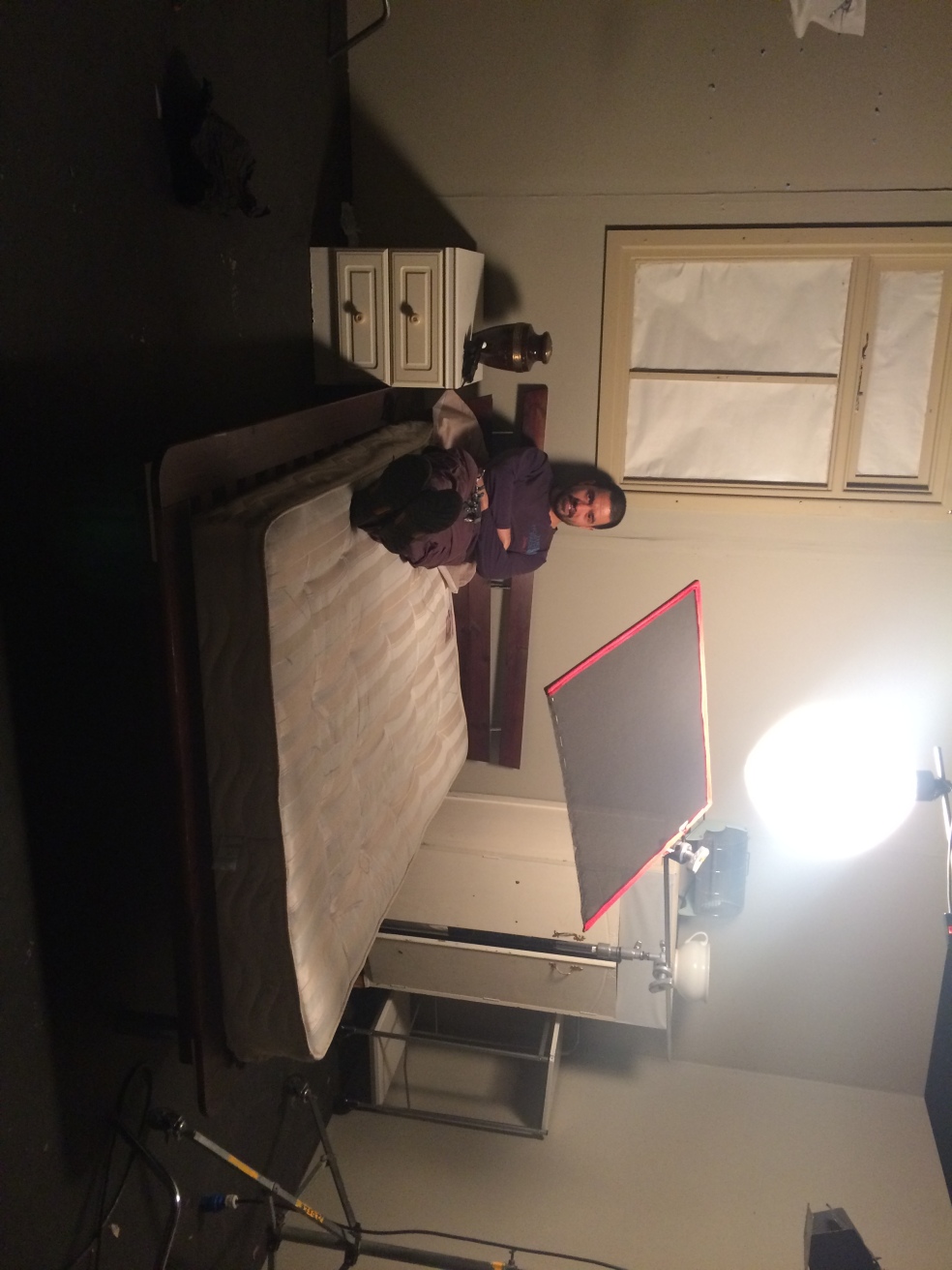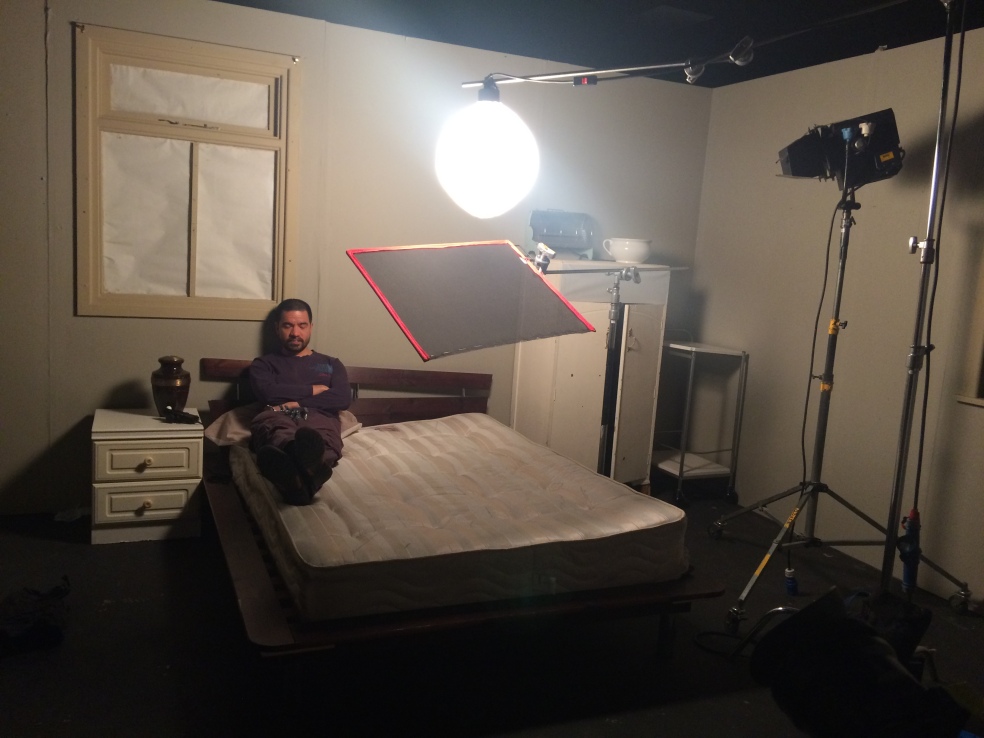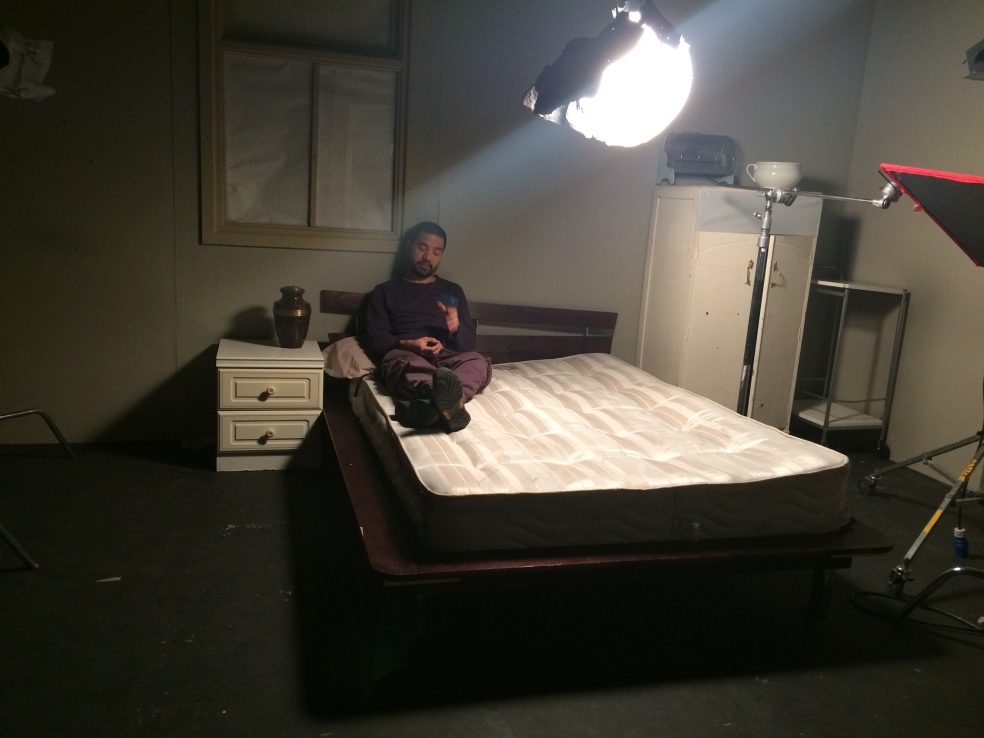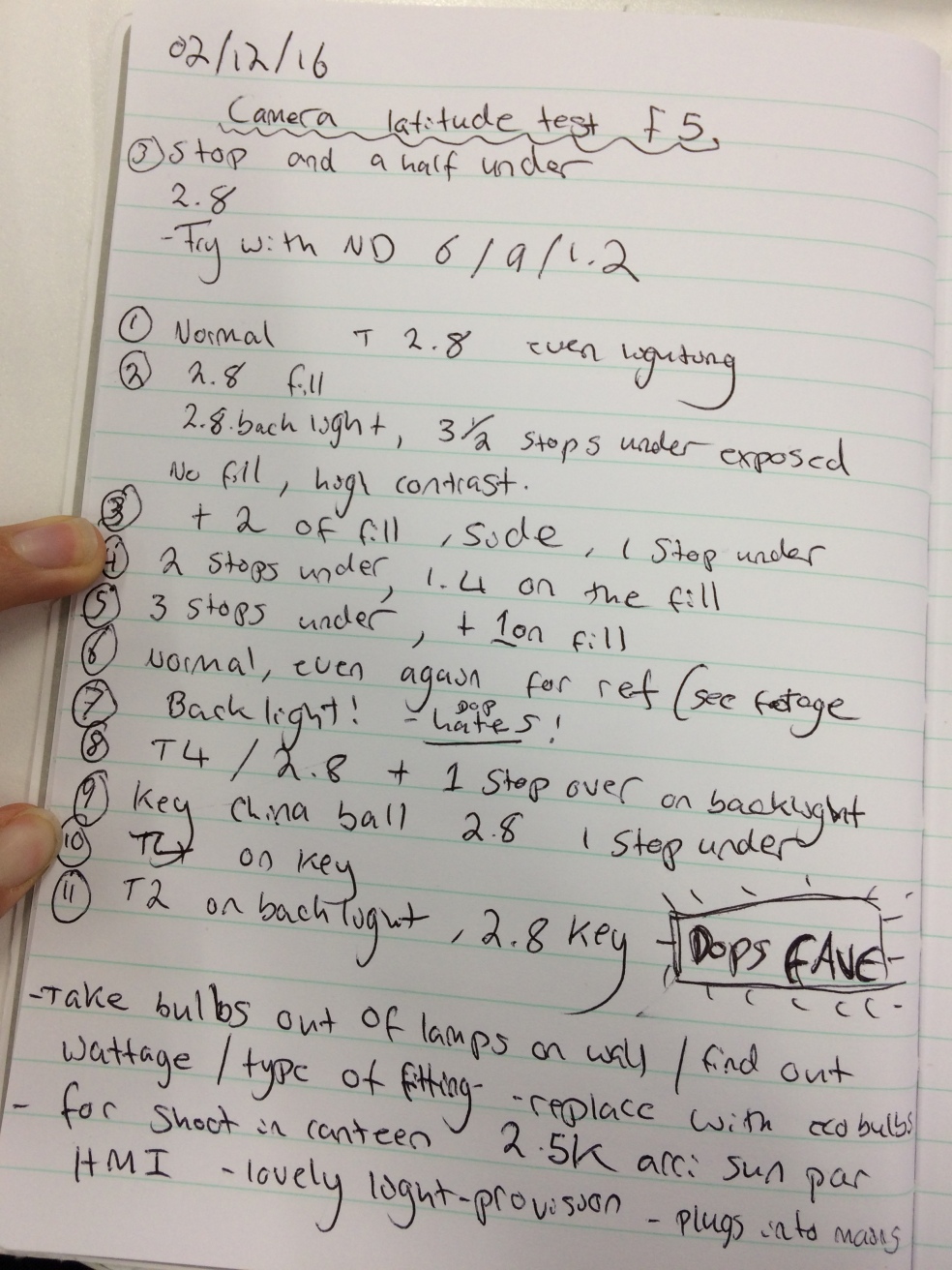http://www.indiewire.com/2017/01/evaluating-best-editing-oscar-films-1201767787/
http://www.indiewire.com/2016/12/la-la-land-manchester-by-the-sea-editors-oscars-2017-1201758758/
https://thepanoptic.co.uk/2017/01/12/oscar-shorts-potentials/
Steadicam research
https://www.filmindependent.org/blog/know-your-crew-birdmans-steadicam-operator-tells-all/ – As Birdman proves, in the right hands, a Steadicam is a versatile and elegant tool. “There are a lot of other ways to move a camera these days,” Haarhoff admitted. “You can move it on a crane, and you can move it handheld, of course—but the Steadicam has the ability to be seamless, and give the audience a particularly close relationship with the actors. It can do some really cool stuff.”
Haarhoff has worked repeatedly with such directors as Steven Spielberg, Tony Scott and Cameron Crowe—he named Almost Famous as one of his favorite projects he’s worked on. He also especially liked shooting Fight Club: “We had one particularly great shot,” he recalled, “that [David Fincher] gave us time to develop and practice and rehearse—when the character is first introduced to the bar where the fight club happens, when they first arrive there. It’s got a real good vibe to it.”
http://www.notey.com/@core77_unofficial/external/13061697/the-revolutionary-steadicam-turns-40.html


